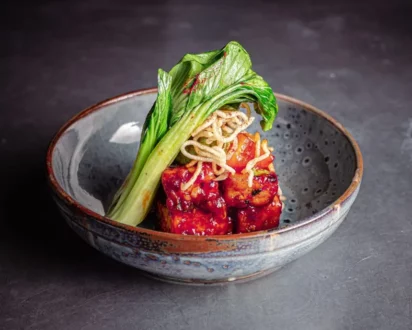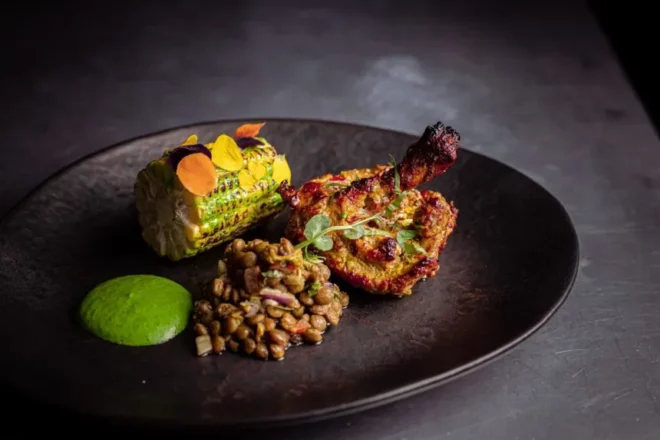Indian cuisine is incredibly diverse, shaped by centuries of culture, geography, and climate. When you explore Indian food across Southeast Asia, you’ll find this rich variety beautifully reflected in the many restaurants and street food stalls across Thailand, Malaysia, Singapore, and beyond. From the hearty, robust flavors of Punjab in northern India to the fragrant, spicy delicacies of South India, regional Indian cuisines have greatly influenced the food scene in Southeast Asia.
Punjabi Cuisine: Bold Flavors and Hearty Classics

Punjabi food is famous for its rich, creamy gravies, tandoori breads, and flavorful meat dishes. In Southeast Asia, dishes like butter chicken, dal makhani (slow-cooked lentils), and sarson ka saag (mustard greens curry) have become beloved staples, often adapted slightly with local ingredients but maintaining their characteristic boldness. Some of the top Indian Restaurants in Bangkok and Kuala Lumpur attract both Indian expatriates and locals who crave satisfying, comfort food with deep flavors and spices.
South Indian Cuisine: Light, Spicy, and Vegetarian-Friendly

Moving south, Indian cuisine changes significantly. South Indian food relies heavily on rice, lentils, and coconut, creating meals that are lighter yet packed with flavor. Popular dishes such as dosa (crispy rice crepes), idli (steamed rice cakes), sambar (lentil stew), and coconut chutney are widely enjoyed throughout Southeast Asia, particularly in areas with Tamil and Malayali communities. These dishes offer a perfect balance of spicy, tangy, and savory flavors, making them popular among vegetarians and those seeking gluten-free options.
The Broader Influence: Regional Diversity Meets Local Tastes
Beyond the north and south, India offers a vast array of regional cuisines—like the fiery curries of Andhra Pradesh, the sweet and savory dishes of Bengal, and the unique spice blends of Gujarat. These diverse flavors have all found their way into Southeast Asia’s culinary landscape, enriching the variety of Indian food available to enthusiasts and newcomers alike.
Indian spices such as cardamom, cumin, turmeric, and fenugreek have also become essential in many Southeast Asian dishes and including the best restaurants in Bangkok, illustrating a shared culinary heritage. Indian cooking techniques and ingredients have blended with local flavors to create exciting fusion dishes that celebrate the region’s cultural connections.
Whether you’re drawn to the creamy richness of Punjabi curries or the vibrant spice of South Indian meals, exploring regional Indian cuisines in Southeast Asia offers a flavorful journey into tradition and innovation. It’s a delicious reminder of how food can connect people across cultures and borders.

